With dual lasers, researchers at the Berkeley Lab Laser Accelerator Center accelerated a high-quality beam of electrons to 10 billion electronvolts in just 30 centimeters. The experiment gives scientists a “frame-by-frame” look at how a petawatt laser interacts with a long plasma channel, knowledge that’s crucial for building future compact particle accelerators.
Tag: National Lab
AI Helps Researchers Dig Through Old Maps to Find Lost Oil and Gas Wells
Undocumented orphaned wells pose hazards to both the environment and the climate. Scientists are building modern tools to help locate, assess, and pave the way for ultimately plugging these forgotten relics.
Behind the Model: Science Inspired by Legos
Walt Akers, Jefferson Lab’s chief systems engineer for experimental nuclear physics, created a 3D-printed model of a section of the Electron-Ion Collider (EIC) on a short timeline ahead of the lab’s 2024 Open House. He calls it the “Lego model.”
Increasing the efficiency of hydropower plants with utility-scale batteries
Utility-scale batteries can revolutionize how we harness renewable power. Coupled with wind and solar, these batteries could increase the reliability of green energy by storing excess energy during times of high generation and low demand. Then, utilities can tap the stored energy when demand increases.
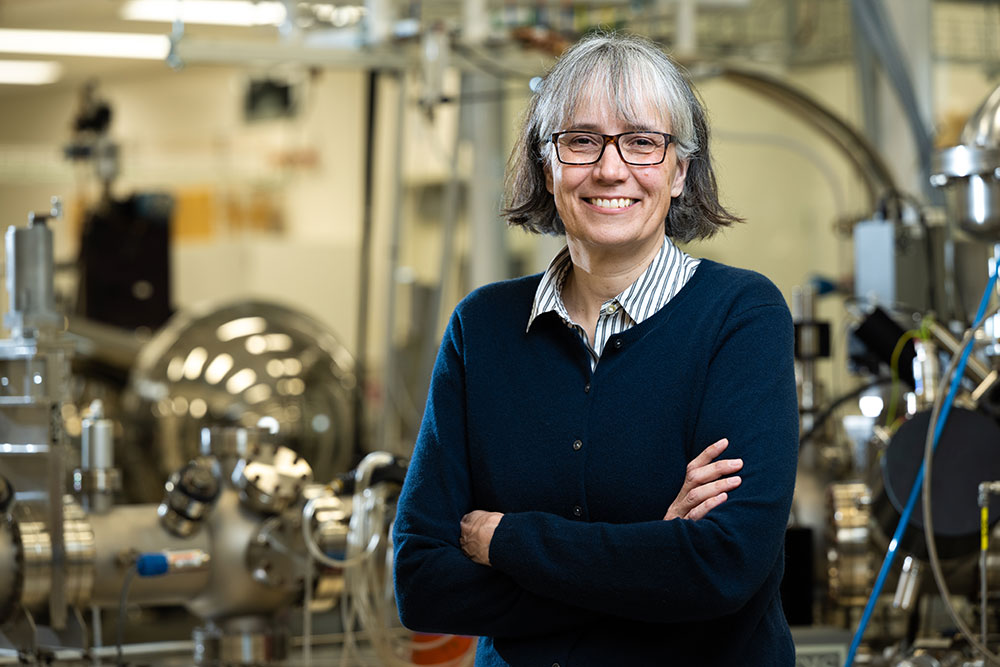
Elke Arenholz Named Director of the National Synchrotron Light Source II at Brookhaven Lab
UPTON, N.Y. — Elke Arenholz, a renowned scientist known for her expertise in magnetic materials and X-ray spectroscopy, scattering, imaging, and instrument development, has been named director of the National Synchrotron Light Source II (NSLS-II), a U.S. Department of Energy (DOE) Office of Science user facility at DOE’s Brookhaven National Laboratory, effective August 2024.
How Scientists Are Accelerating Chemistry Discoveries With Automation
Researchers have developed an automated workflow that could accelerate the discovery of new pharmaceutical drugs and other useful products. The new approach could enable real-time reaction analysis and identify new chemical-reaction products much faster than current laboratory methods.
Air Pollution Hides Increases in Rainfall
In a new study, researchers broke down how human-induced greenhouse gas and aerosol emissions influence rainfall in the United States.
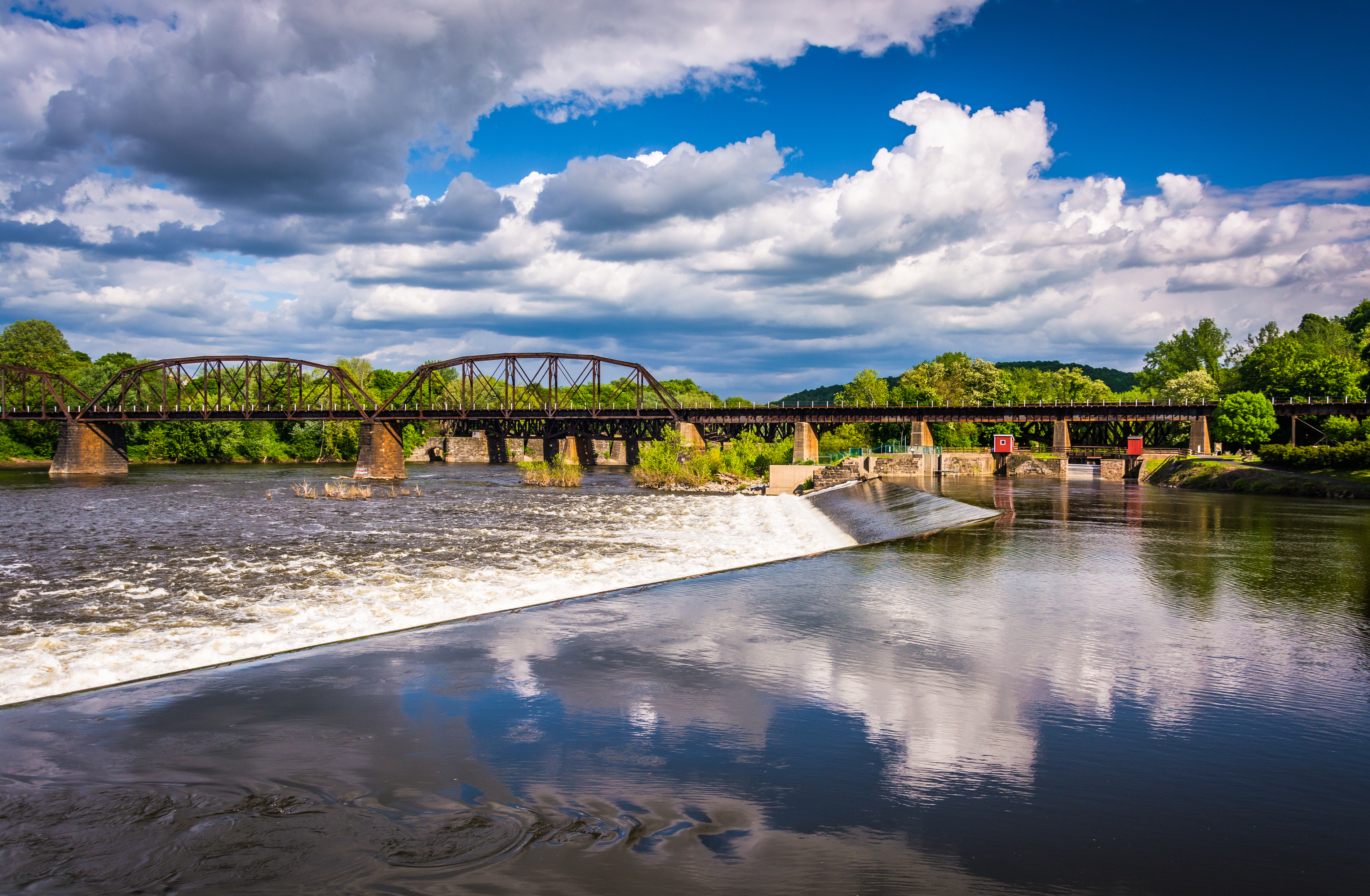
Non-powered dams offer opportunity for clean energy
Ninety-seven percent of U.S. dams don’t make electricity. A new tool could help tap that resource.
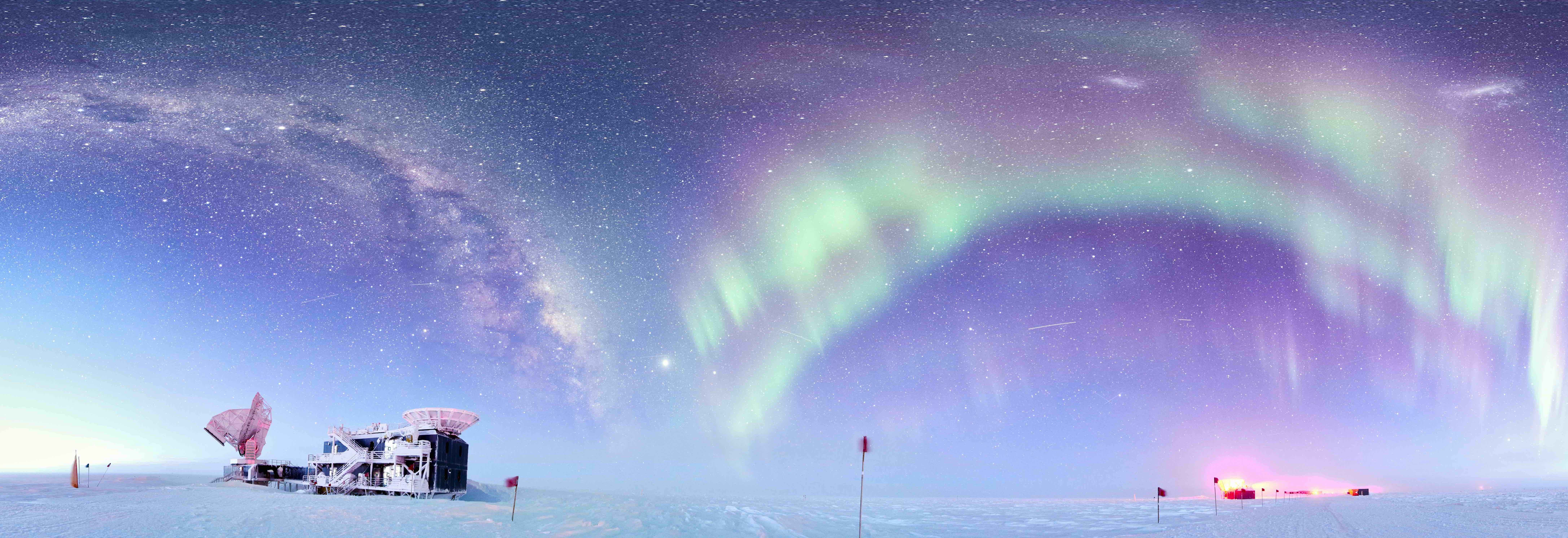
Experiment to Capture Universe’s Earliest Moments Reaches Funding Milestone
The National Science Foundation has awarded up to $21.4 million for the design of telescopes for CMB-S4, an international experiment that will study the cosmic microwave background and help us understand the beginning, history, and makeup of the universe. Berkeley Lab leads the project for DOE and also plays a lead role in technology development.
Cabling for LHC Upgrade Wraps Up
Experts at Berkeley Lab finished winding more than 2000 kilometers of superconducting wire into cables for new magnets that will help upgrade the Large Hadron Collider and the search for new physics.
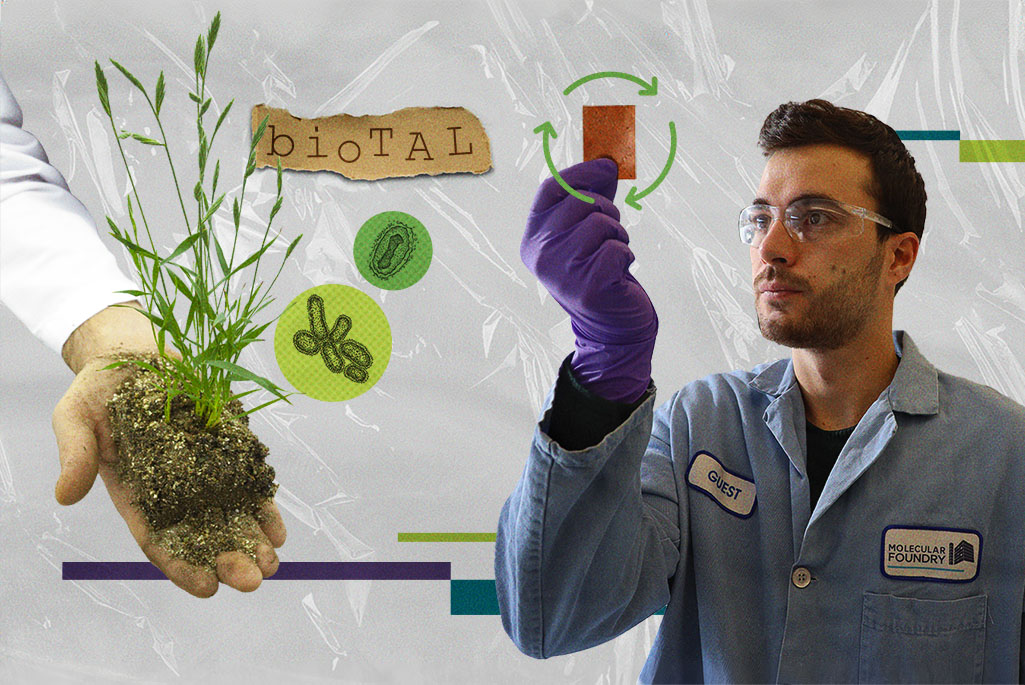
Making Renewable, Infinitely Recyclable Plastics Using Bacteria
In a study published today, researchers successfully engineered microbes to make biological alternatives for the starting ingredients in an infinitely recyclable plastic known as poly(diketoenamine), or PDK.
Mountains Vulnerable to Extreme Rain from Climate Change
A new study by Lab scientists finds that as rising global temperatures shift snow to rain, mountains across the Northern Hemisphere will be hotspots for extreme rainfall events that could trigger floods and landslides – potentially impacting a quarter of the world’s population.
DESI Early Data Release Holds Nearly Two Million Objects
The universe is big, and it’s getting bigger. To study dark energy, the mysterious force behind the accelerating expansion of our universe, scientists are using the Dark Energy Spectroscopic Instrument (DESI) to map more than 40 million galaxies, quasars, and stars. Today, the collaboration publicly released its first batch of data, with nearly 2 million objects for researchers to explore.
IDAHO RESEARCHERS DEVELOP TOOL TO HELP RESTORE ELECTRICITY AFTER NATURAL DISASTERS
Storm-DEPART helps utilities refine their damage estimates by combining utility infrastructure data with weather data from the National Hurricane Center to efficiently deploy restoration resources.
First-of-a-Kind Technology: INL Demonstrates Mobile Hot Cell for Radioactive Source Recovery
A crowd gathers around a black wooden box that resembles a short refrigerator, waiting for the motion of a pair of robotic arms sitting just outside the box.
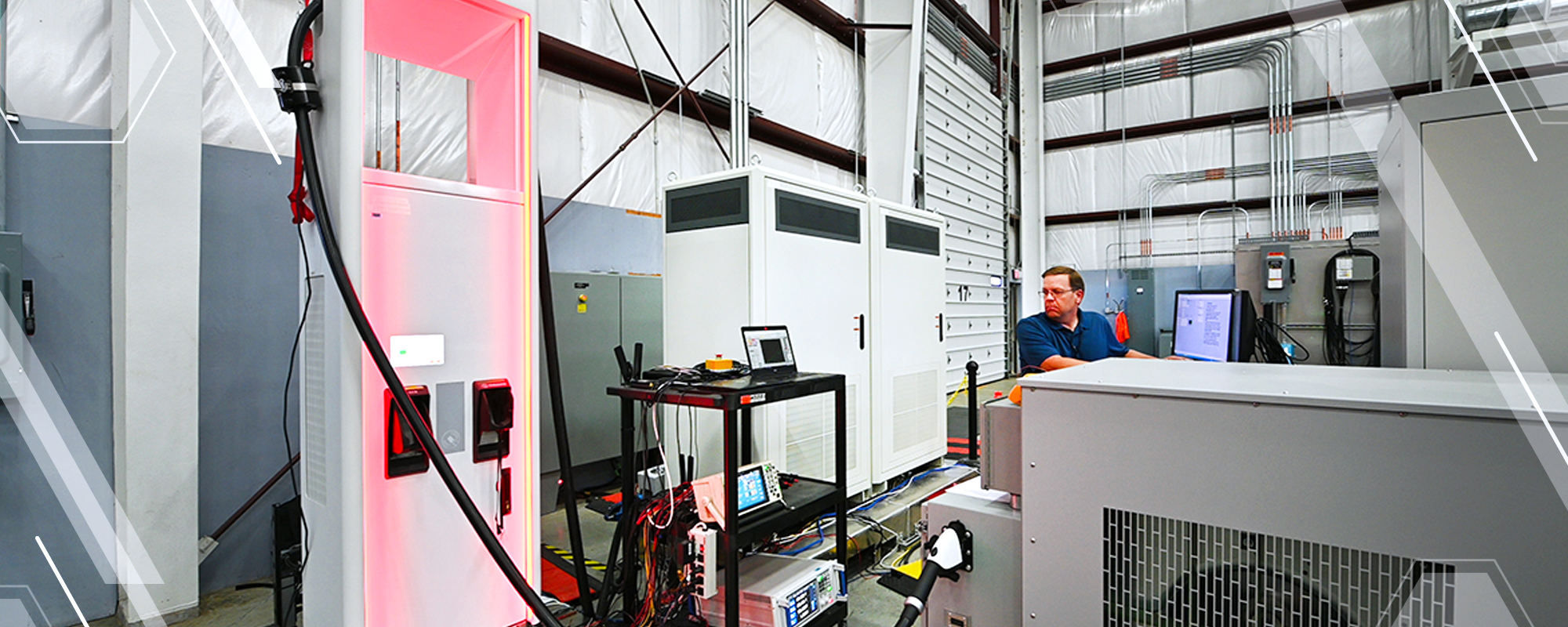
TAKING CHARGE OF OUR FUTURE: NEW FEDERAL PROGRAM ENHANCES NATIONWIDE ELECTRIC VEHICLE INFRASTRUCTURE
A series of federal recommendations announced last week aims to make electric vehicle charging more accessible. The announcement paved the way for NEVI to begin implementing these recommendations.
FROM ATOMS TO EARTHQUAKES TO MARS: HIGH-PERFORMANCE COMPUTING A SWISS ARMY KNIFE FOR MODELING AND SIMULATION
At Idaho National Laboratory, computational scientists use INL’s supercomputers to perform “virtual experiments” to accomplish research that couldn’t be done by conventional means. While supercomputing can’t replace traditional experiments, supercomputing is an essential component of all modern scientific discoveries and advancements.
From Qubits to Potential Cancer Treatments: Laser Upgrade Opens New Research Possibilities
Things are looking brighter than ever at the Berkeley Lab Laser Accelerator Center. A recently completed upgrade will expand the center’s capabilities into new areas, including studies of particle acceleration, extremely hot plasmas, cancer treatment techniques, and materials for quantum science.
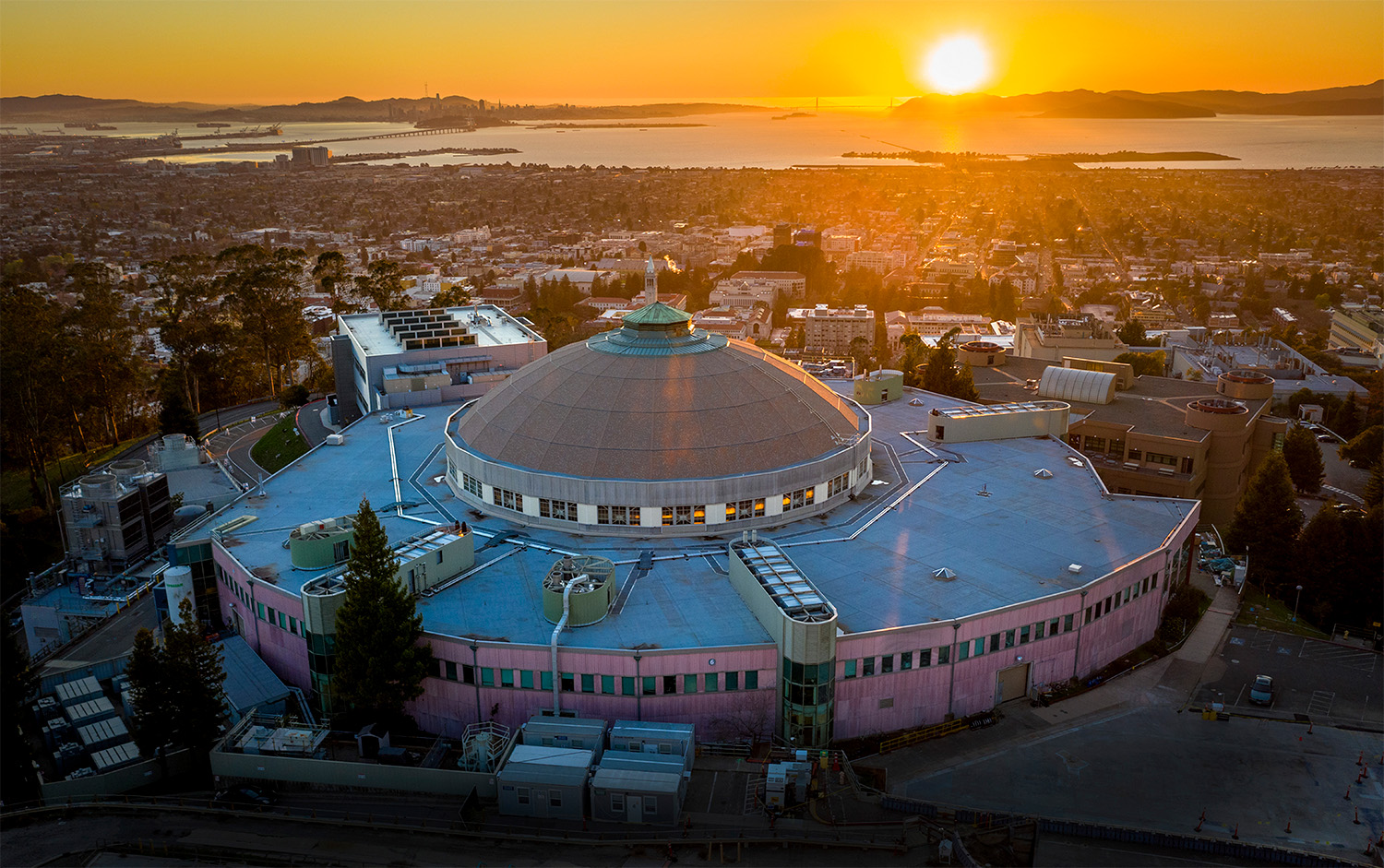
Advanced Light Source Upgrade Approved to Start Construction
Berkeley Lab’s ALS has received federal approval to begin construction on an upgrade that will boost the brightness of its X-ray beams at least a hundredfold. Scientists will use the improved beams for research into new materials, chemical reactions, and biological processes. This construction milestone enables the lab’s biggest project in three decades to move from planning to execution.